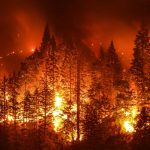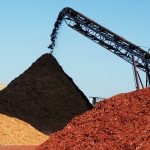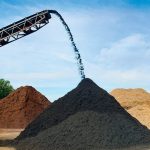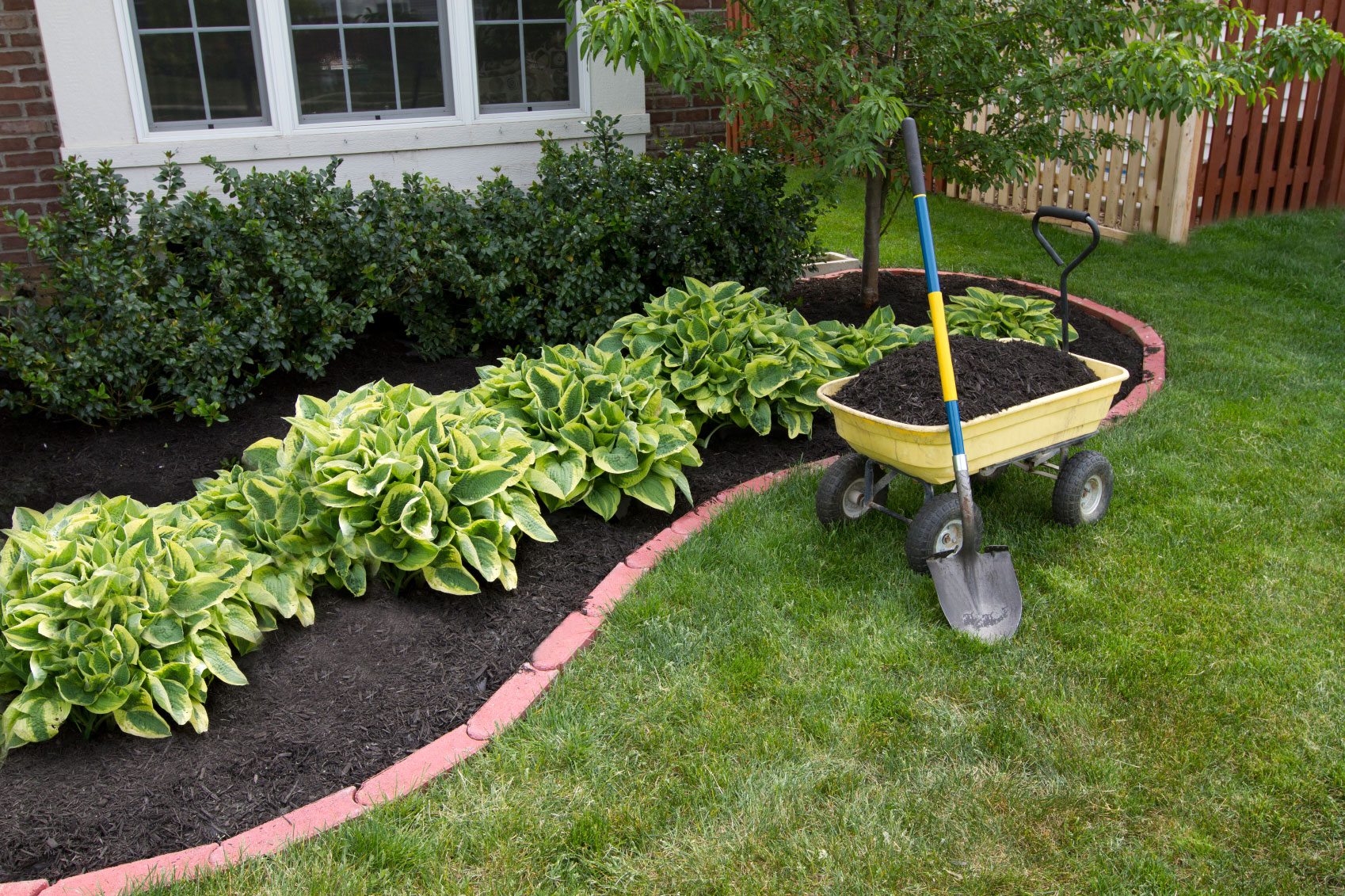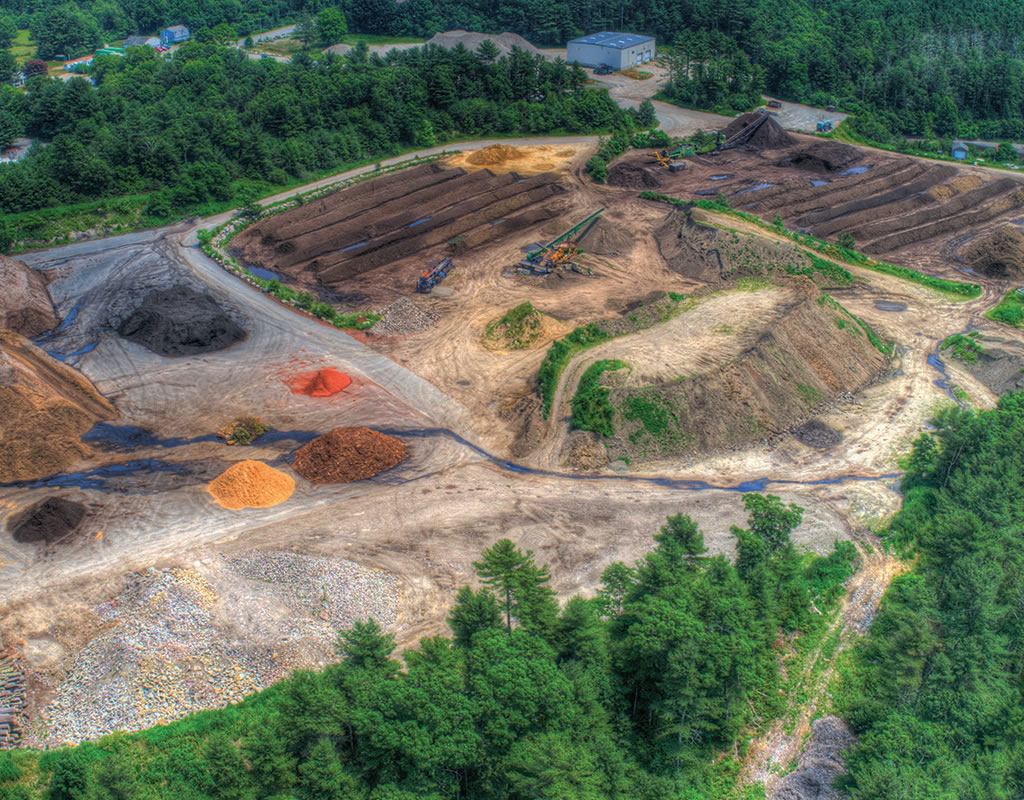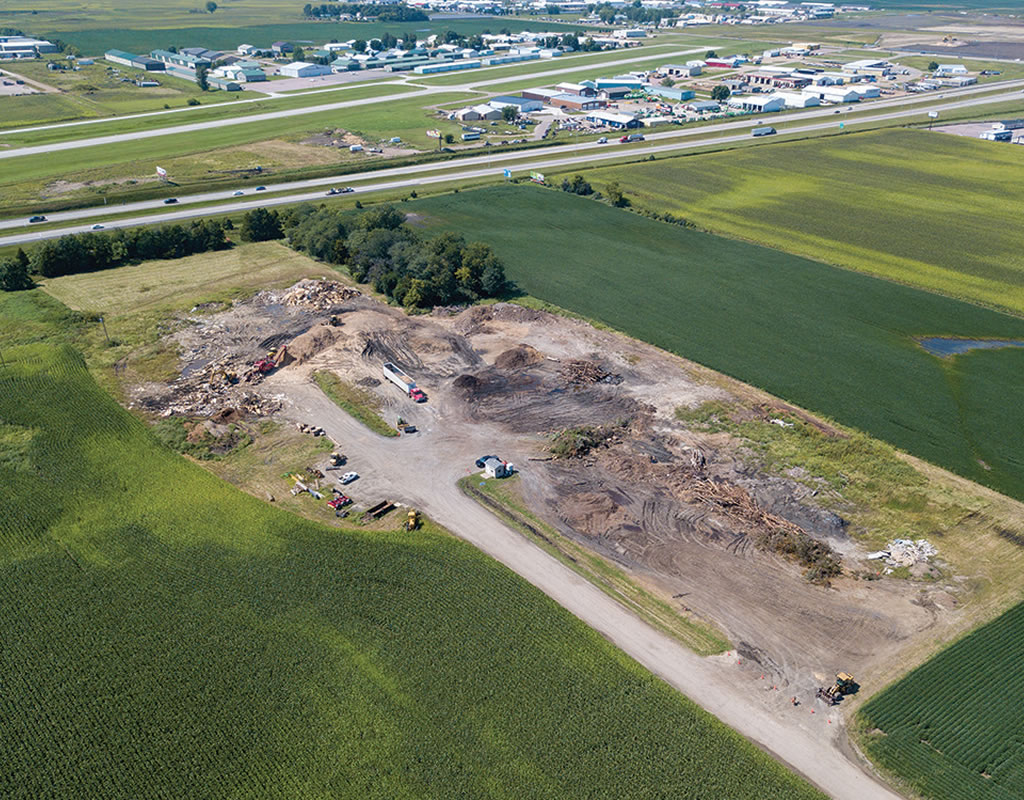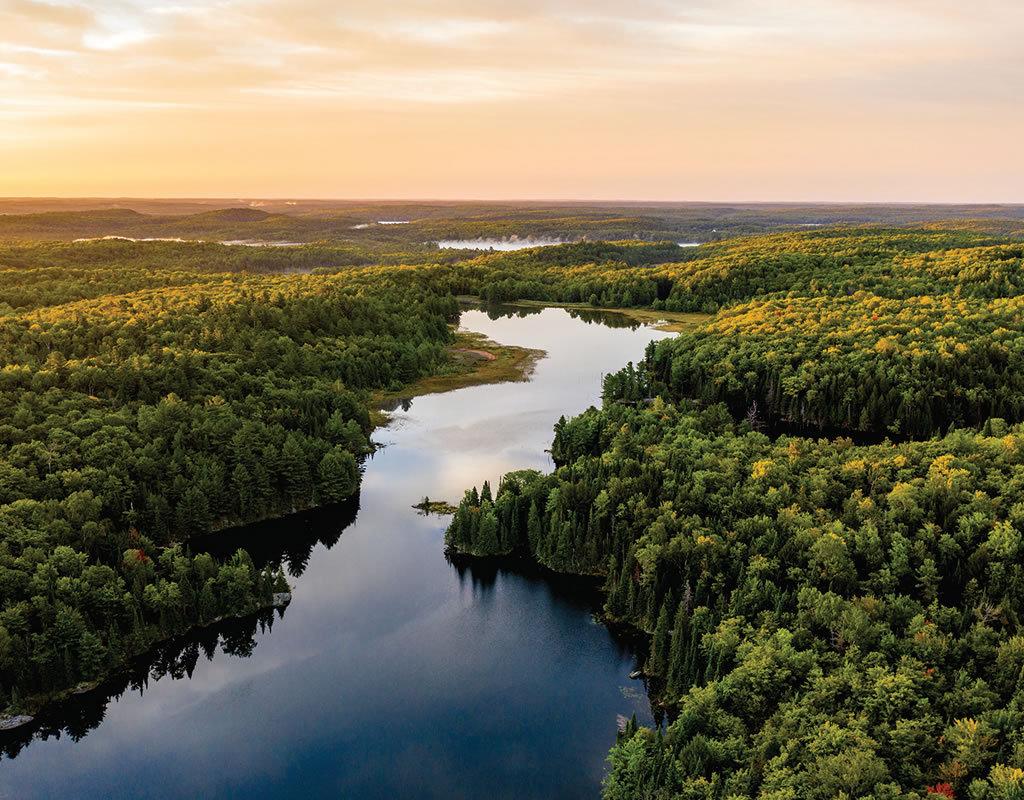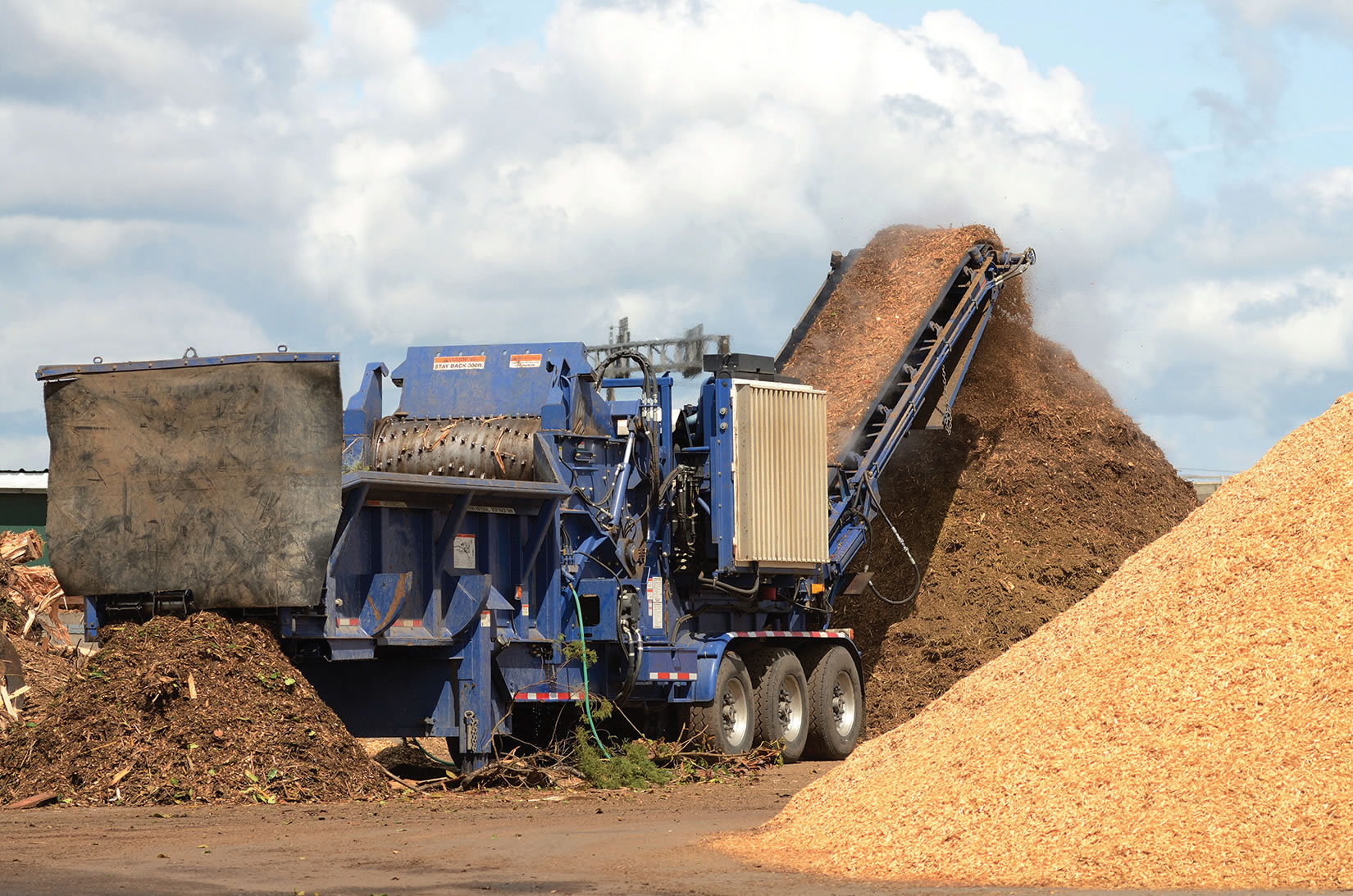By P.J. Heller
Mulch that is . . . more than a few inches, can build up heat and spontaneously catch fire.
State Fire Marshal of Massachusetts
Mulch used in spring landscaping projects can ignite from spontaneous combustion.
AccuWeather
Spontaneous combustion of mulch is possible.
WXIA-TV
… Experts say the right recipe of heat, decomposition and a little bit of wind can combine to start a fire, even in two inches of mulch around a flower bed.
Memphis Commercial Appeal
. . . We can verify that it is possible for mulch to catch fire on its own.
WITZ-TV
Online, in print, spread across social media and over the airwaves, stories about spontaneous combustion of mulch have spread like, well, wildfire.
“It just doesn’t happen,” insisted Robert C. LaGasse, executive director of the Mulch & Soil Council. “We have never seen or experienced a true spontaneous combustion of mulch in a garden or landscape application. There’s always a cause.”
Those causes can range from discarded smoking materials to electrical garden lighting to lawn ornaments that focus sunlight like a magnifying glass or laser on the mulch.
The latest scientific research throws cold water on the idea that mulch in landscape and garden applications can suddenly burst into flames on its own.
“. . . It is unlikely that mulch in a landscape application . . . would pose a risk of spontaneous combustion,” according to studies conducted by Southwest Research Institute‘s Fire Technology Department in San Antonio, Texas.
The study, commissioned by the Mulch & Soil Research Foundation, hoped to gather factual data that could be used to refute claims, including those made by fire marshals, that small layers of mulch in landscape applications pose a risk of spontaneous combustion.
“Anecdotally we’ve always known that it’s not possible but we’ve never had empirical data,” LaGasse said. “If it were possible, all of our pallets in storage would have gone up in flames years ago. And we would have burned down most of the Home Depots and other garden centers over the years.”
He noted that over the past few years, there has been a significant increase in the number of fire marshals who were making claims and putting out advisory warnings to their citizens that spontaneous combustion of mulch in gardens and landscapes represented a threat to their homes and property.
“We believe that position was taken without evidence,” he said.
He suggested that fire officials were making the assumption that the physics that exist in a 30-foot high mulch pile — with the organic material breaking down and generating heat — was the same as in a 4-inch layer of mulch in a garden.
Fire officials from Washington state to Virginia have cited spontaneous combustion of mulch, even in small pots, as the cause of numerous fires.
“When you allow it to dry out, and it hits a certain low moisture content, it will spontaneously combust,” contended Capt. Joe Mullens of Rockingham, Va., County Fire and Rescue after fire burned a deck, vinyl siding, cooler and plastic pots at a house.
Officials in Harrisonburg, Va., reported its fire department responded to more than 200 mulch fires between 2008 and 2014, although they did not indicate how many they thought were caused by spontaneous combustion. The city adopted a “mulch ordinance” in 2015 requiring mulch be removed at least 18 inches from some buildings, but the Virginia General Assembly said the city could not regulate the type landscape materials. The city subsequently rewrote and adopted the ordinance, restricting – but not requiring removal — of mulch from with 18 inches of certain buildings. Most single-family homes were exempt. The city withstood a court challenge to the measure and General Assembly bills specifically at striking down the city ordinance were passed but then vetoed by the governor.
Among mulch prohibitions, the state of Massachusetts bars new application of mulch within 18 inches around combustible exteriors of most buildings. Residential units of six units or less are exempt “but all homeowners may want to adopt these safety practices,” the state fire marshal advises.
“Mulch is a combustible material that can be easily ignited by improperly discarded smoking materials,” he said. “Hundreds of small and large fires are started this way every year.”
Randy Wells, assistant chief of operations for the Columbia, SC, Fire Department, told a TV station that the heat generated inside a small mulch pile could eventually reach a temperature where it ignites.
Interestingly, such statements/claims by fire officials are void of evidence to support them. In fact, all of these officials fail to mention that if a spontaneous combustion fire occurs in one 4 inch mulch bed, it should be happening in mulch beds throughout the area, and this just isn’t happening, anywhere. This leads many to believe that politics are fueling these claims, because it is easier for government agencies to establish mulch ordinances (to control where mulch can be applied) than it is to control people who carelessly discard cigarettes.
According to the Southwest Research Institute, it would take a temperature of 200 degrees Celsius (392 degrees Fahrenheit) before mulch would spontaneously combust.
“You cannot generate or insulate that temperature in a 4-inch layer of mulch,” LaGasse said. “It cannot be done.
“If you’re at an ambient temperature of 392 degrees Fahrenheit, your mulch is the last damn thing you’re going to worry about,” he added. “Everything in the world is combusted.”
The study at the Southwest Research Institute originally began with five different mulch types from different regions of the country.
“We developed a test program to screen common mulch varieties for higher risk characteristics (i.e. lowest decomposition temperature, and greatest thermal insulation capacity),” explained Alexandra Joyce, senior research engineer in the fire technology department. “Based on the screening results, we selected a mulch variety to observe intermediate-scale piles for evidence of self-heating,”
Although most of the screening results were similar, researchers ultimately decided on hardwood much, which slightly edged out the others for heat retention and loss of mass, according to LaGasse.
One of the tests involved placing the hardwood mulch in a 100mm cube, then putting it in an oven for 24 hours at 140 degrees C to determine how long before the so-called crossing point occurred. The crossing point is where the temperature on the outside reaches the temperature on the inside, resulting in combustion.
“The crossing point could not be achieved at 140 degrees,” LaGasse reported, noting that it was not reached until the temperature reached 200 degrees C/392 degree F.
Those tests were done in spring 2018; in July, additional tests were conducted for six weeks both indoors and outdoors under the intense San Antonio summer sun, where the ambient temperature hovered around 107 degrees.
The hardwood mulch was put in 2x2x2-foot cubes, which both Joyce and LaGasse noted were much thicker than is reasonably installed in landscape applications. In addition to the cubes, four varieties of potting soil — wood-based and peat-based, with and without fertilizer — were observed in 8-inch flower pots alongside the intermediate-scale mulch piles.
“Temperatures in the control cube were fairly constant, and temperature in the outdoor cube slowly rose to just above the maximum ambient temperature observed during the observation period,” Joyce reported. “This indicates that the mulch was retaining heat due to its insulating properties, but not self-heating.”
The same was true for the potting soils, she said.
“The temperatures of the potting soil closely followed the ambient temperatures. There was no evidence of self-heating,” she said.
LaGasse said that over the six-week period, the temperature in the cube spiked at 113 degrees F.
“That’s in the center of the cube that’s 12 inches deep,” he said. “Nobody ever mulches 12 inches deep. The fact is that it insulates, which is what it’s supposed to do. It’s why we sell it.”
The results for both the mulch cubes and the flower pots found it was highly/extremely unlikely that either posed a risk of spontaneous combustion, he added.
The study was expected to be formally released before the end of November. Results with colored mulch were also to be included, which LaGasse expected to be similar to the findings with the hardwood mulch. The Mulch & Soil Council then hopes to have the information published in a peer-reviewed fire journal.
“We won’t be done with this project until that article is published and we've publicly debunked the idea of mulch being able to spontaneous combust,” he said. “That way every time a fire marshal makes that call, we can turn around and say, ‘You need to read this.’
“We know it can't happen. We just couldn’t prove it,” LaGasse added. “Now we can prove it.”
Related News
Subscribe Today
Every other month, Soil & Mulch Producer
News brings you important stories about:
• New Technology
• Products
• Industry News
• Research Studies
Soil & Mulch Producer News features articles and services relevant to your daily operations.


